SF Market Update - March 2023
March 27, 2023
Martin Encinas Leon

March 27, 2023
Martin Encinas Leon

Our team is committed to continuing to serve all your real estate needs while incorporating safety protocol to protect all of our loved ones.In addition, as your local real estate experts, we feel it’s our duty to give you, our valued client, all the information you need to better understand our local real estate market. Whether you’re buying or selling, we want to make sure you have the best, most pertinent information, so we’ve put together this monthly analysis breaking down specifics about the market.As we all navigate this together, please don’t hesitate to reach out to us with any questions or concerns. We’re here to support you- Martin Encinas Leon, DRE #01976417
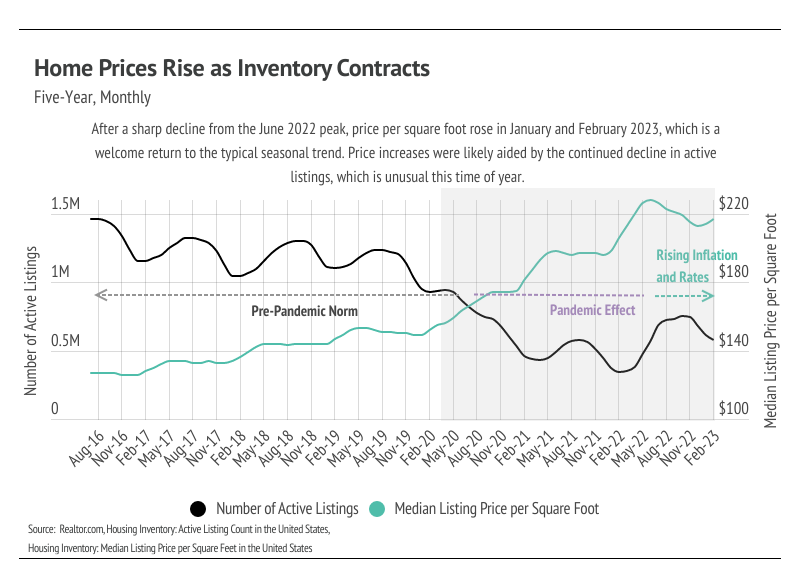
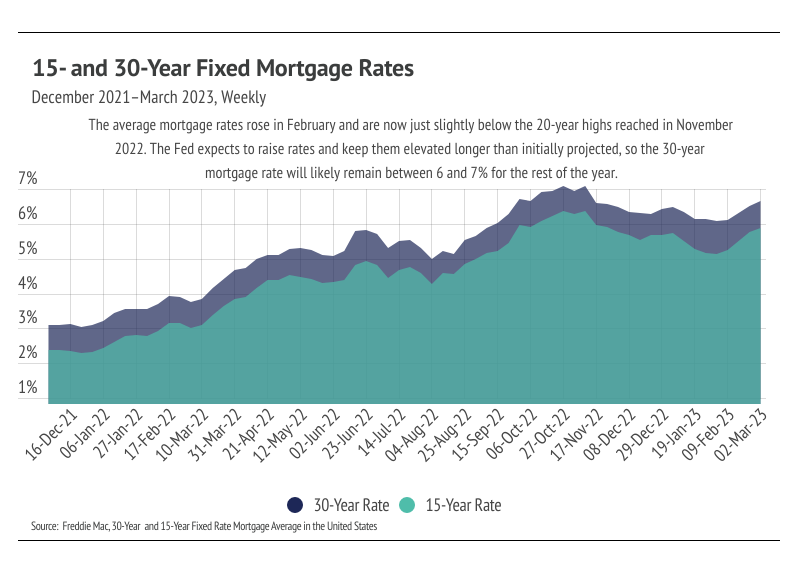
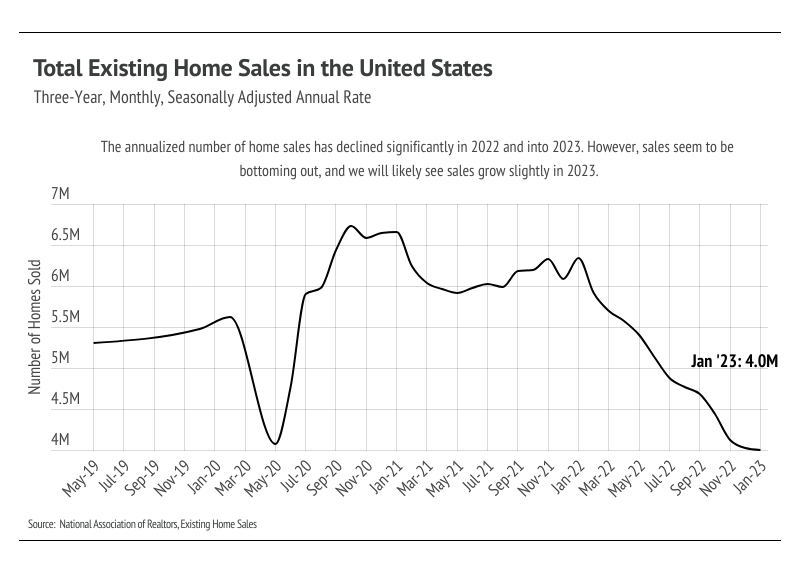
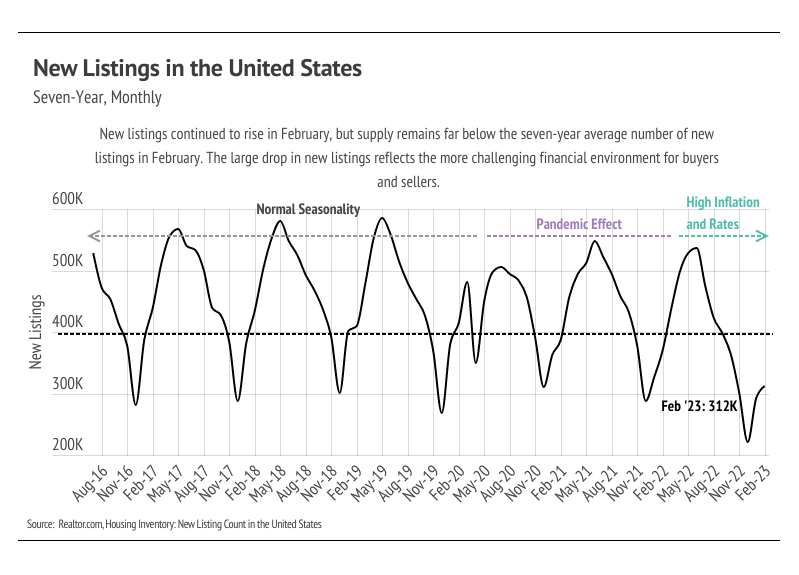
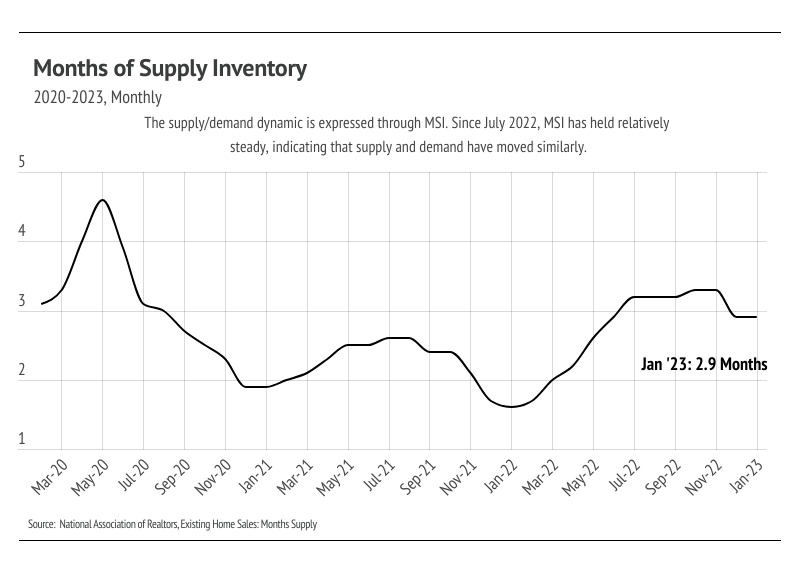
Stay up to date on the latest real estate trends.

November 4, 2025

February 24, 2025

January 24, 2025

December 7, 2024

October 26, 2024

October 23, 2024

October 8, 2024

September 18, 2024

September 18, 2024
You’ve got questions and we can’t wait to answer them.